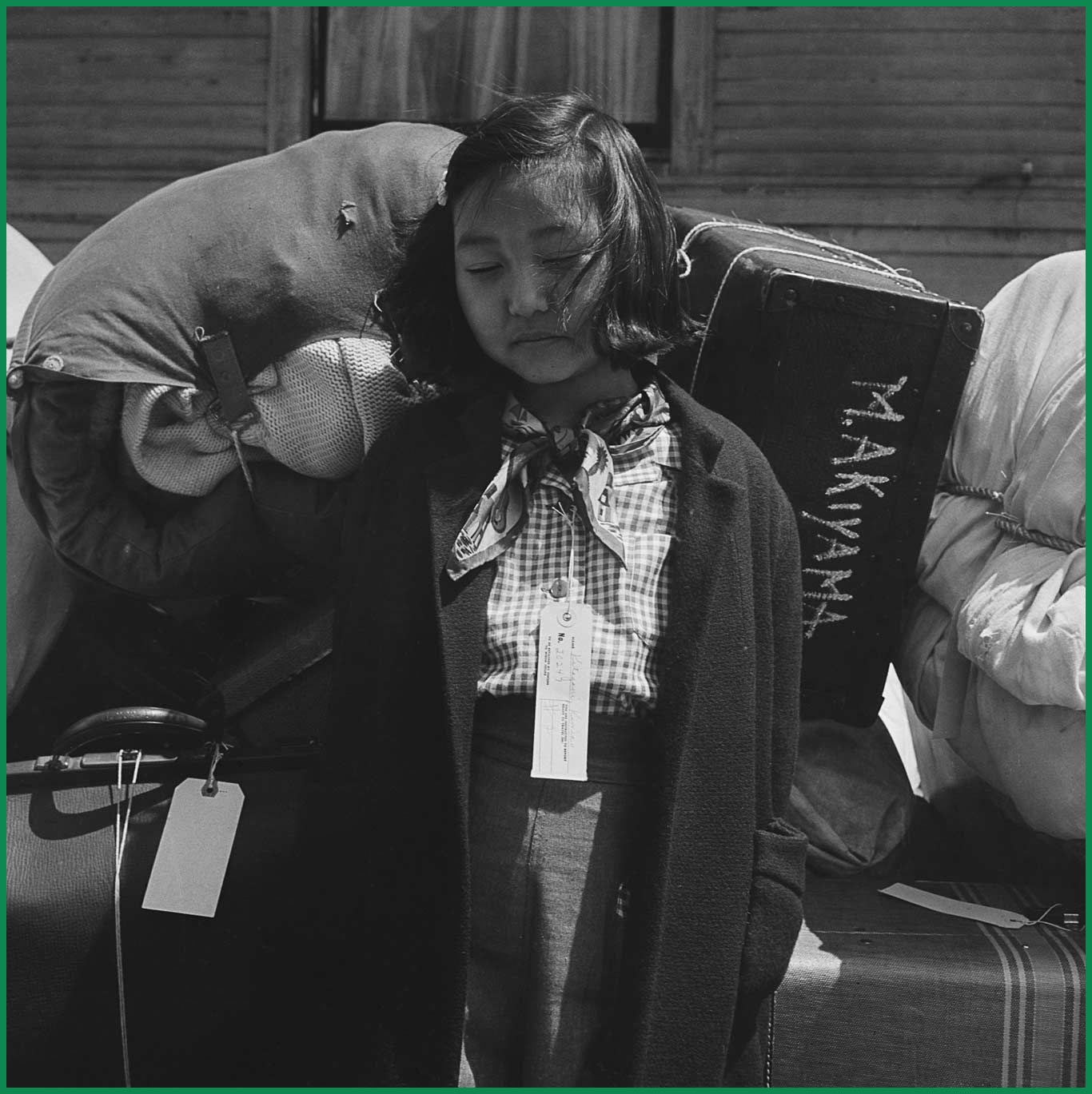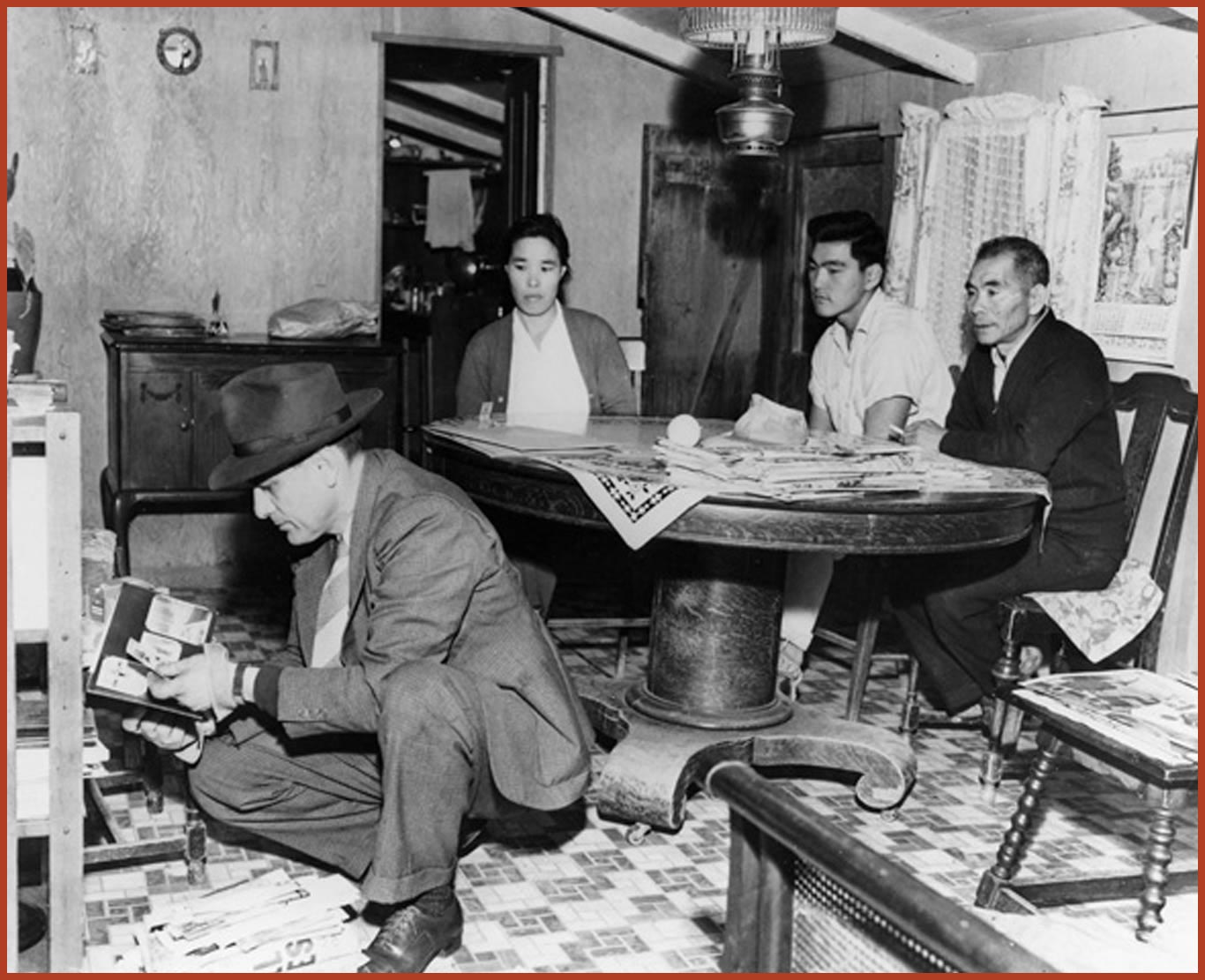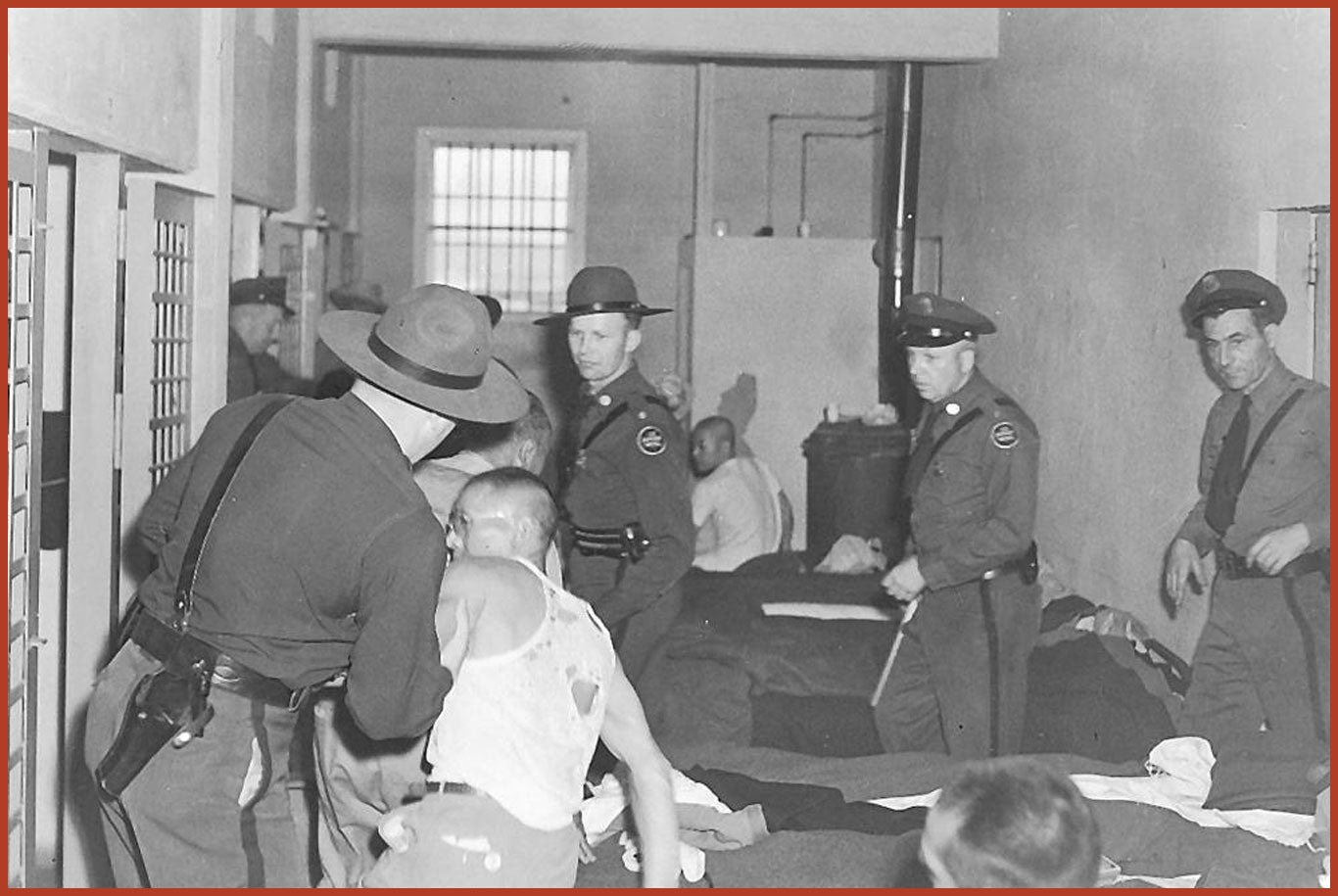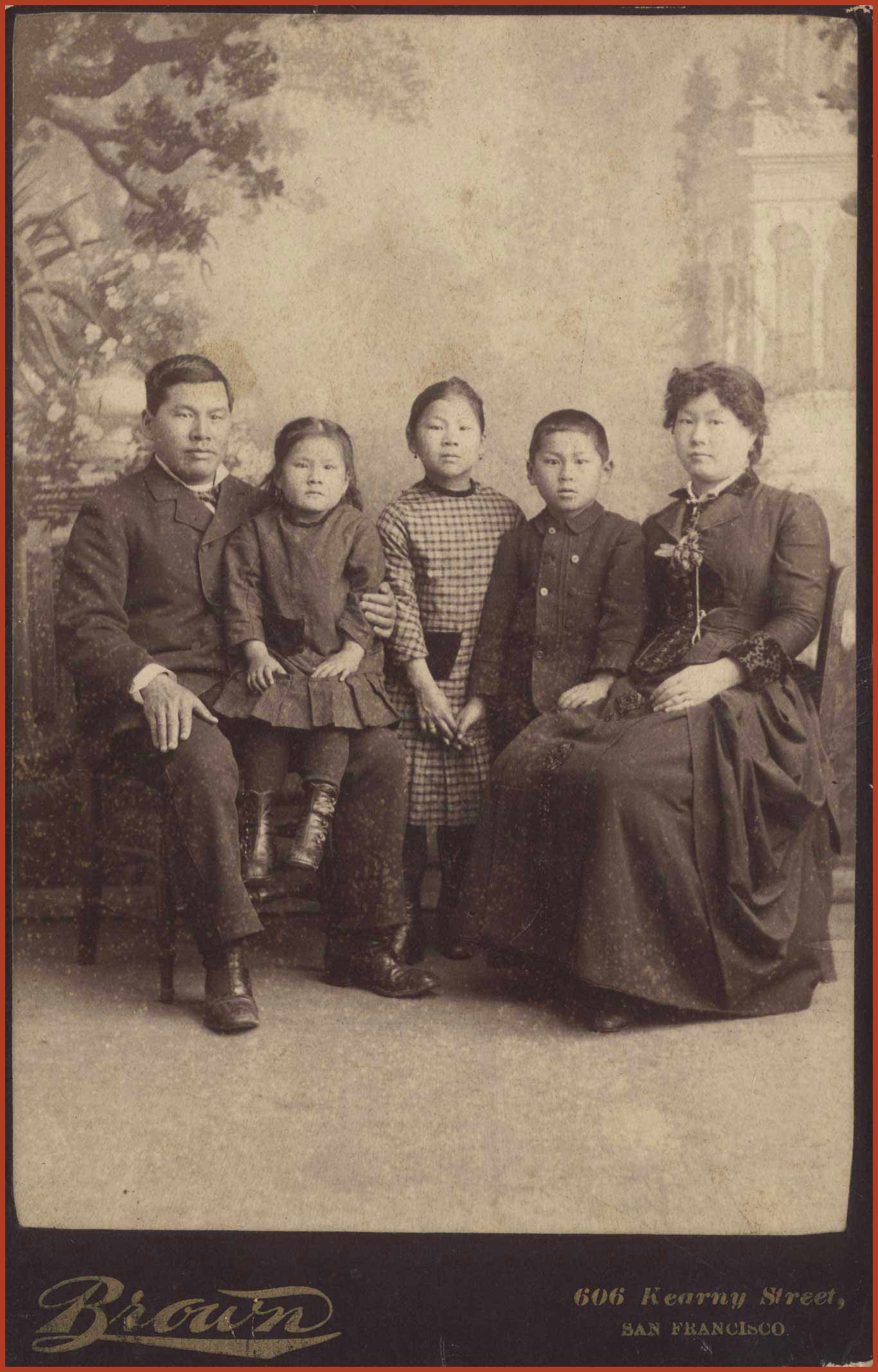Advanced Search
Asian American and Pacific Islander studies resources for the classroom
All chapters of Foundations and Futures include lesson plans and curricular tools that are designed for high school students and grounded in ethnic studies pedagogy. Feel free to search our repository of primary sources and material that helps bring Asian American and Pacific Islander histories and experiences into the classroom.
Multimedia
# of # results
Chapters
-
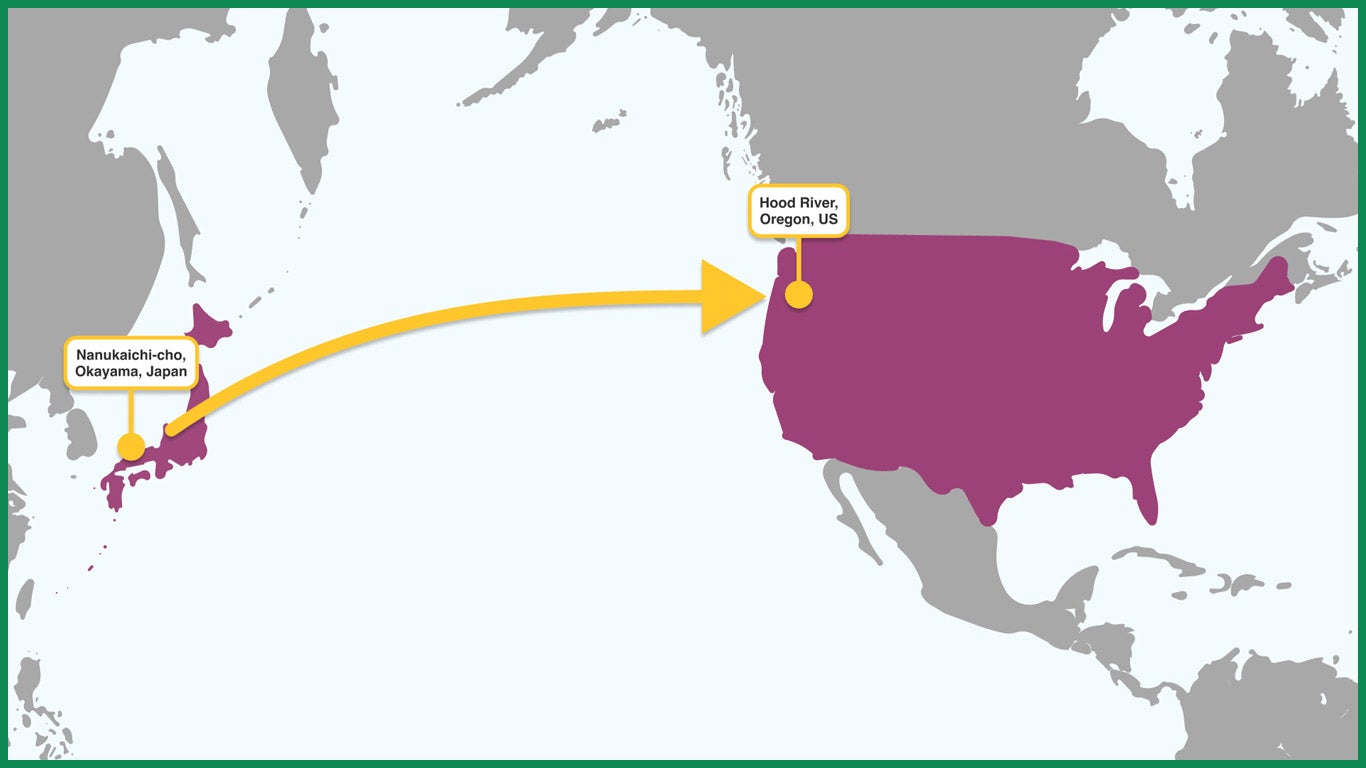
Image
Map pinpointing the area from which Masuo and Shidzuyo immigrated and also pinpointing the Hood River Valley
-
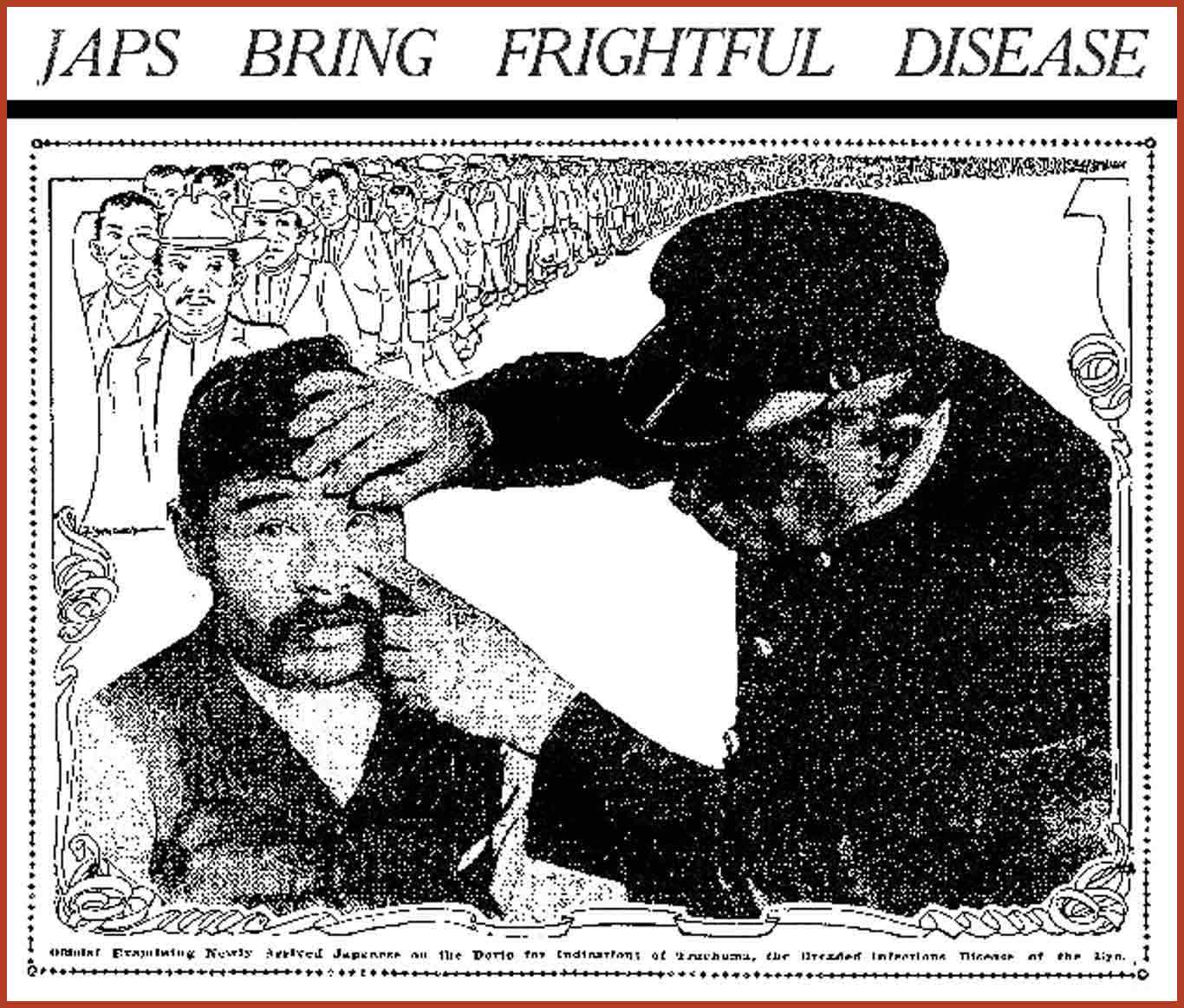
Image
“Japs Bringing Frightful Disease”
Full headline: “Japs Bringing Frightful Disease. Danger Now is in the School. Unwise Law Gives Diseased Asiatic Place as Pupil. Many Come in on Each Ship.”
-

Image
City Market of Los Angeles
Chinese and Japanese farmers and businessmen founded the City Market of Los Angeles in 1909 to sell and promote the produce immigrant farmers raised. Similarly, Issei growers established the Southern California Flower Market in 1912, the first major wholesale flower market in Los Angeles.
-
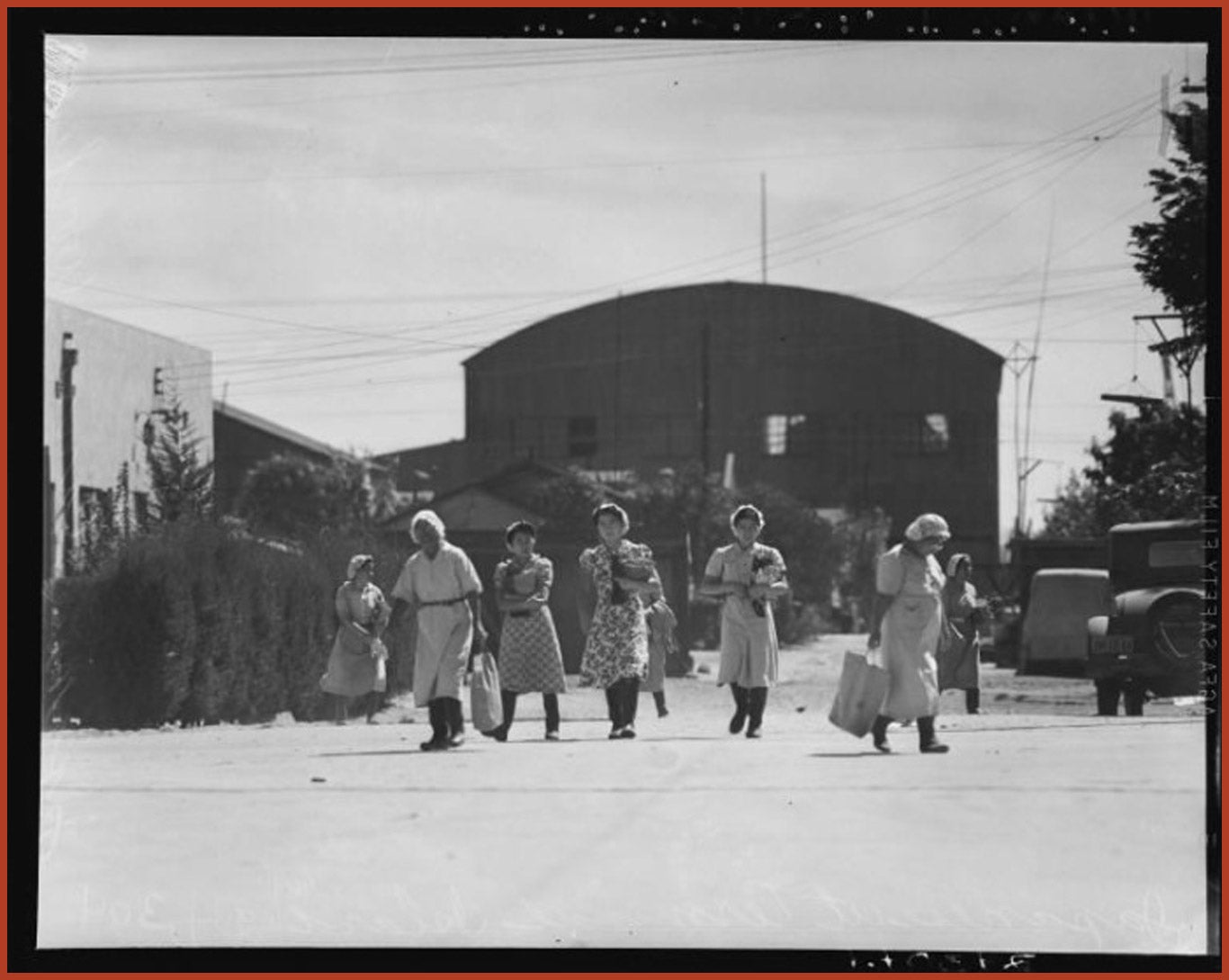
Image
Japanese cannery workers on Terminal Island (Calif.)
Female employees of a Japanese fishing cannery on Terminal Island leave work for the day Terminal Island, an artificial island in the Los Angeles Harbor and Long Beach Harbor, was the American base of the Japanese fishing industry until residents were forcefully arrested or evacuated between 1941 and 1942
-
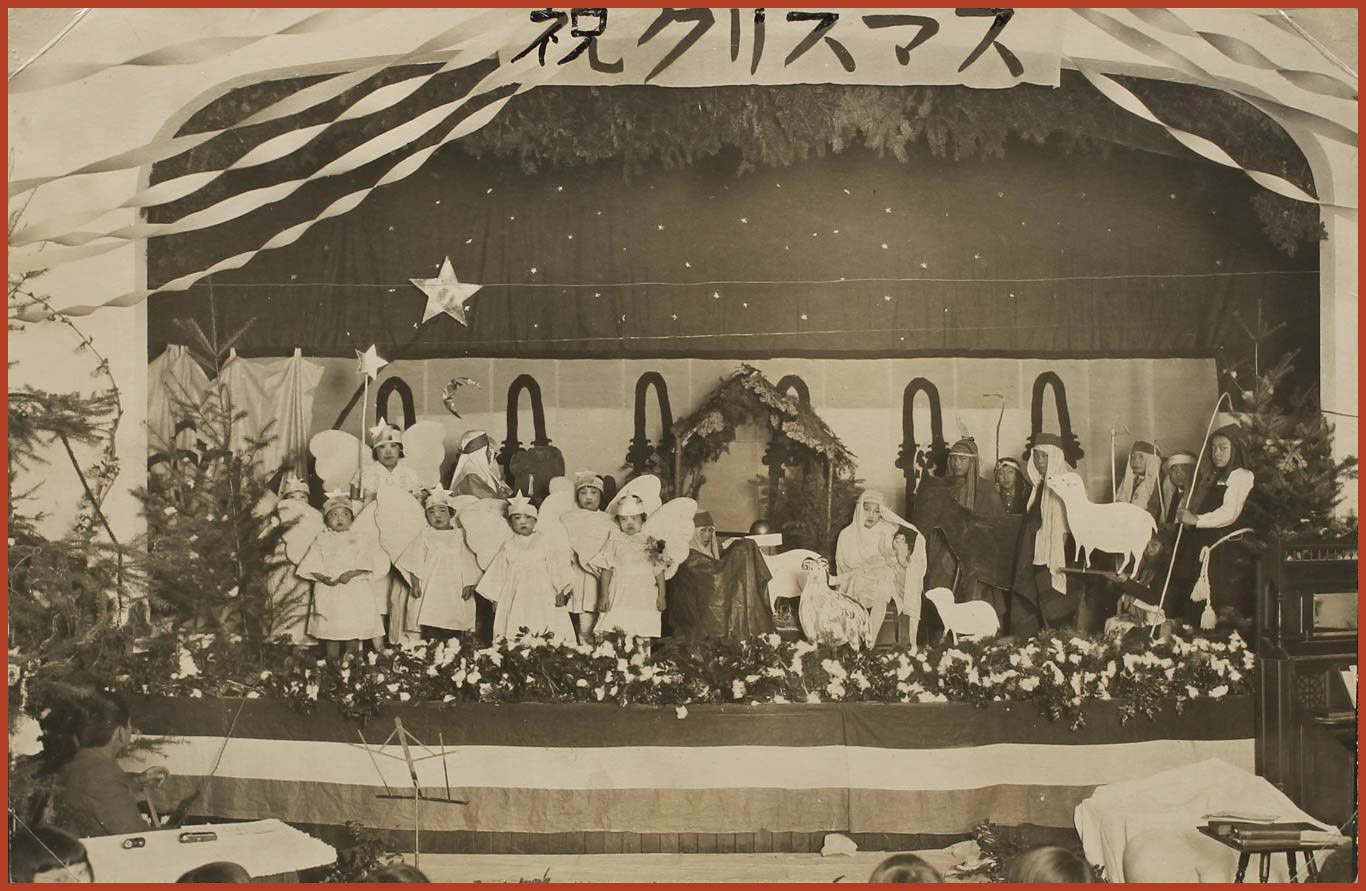
Image
Christmas pageant at Japanese Community Hall
Caption in Japanese at top of photograph: “Iwa Kurisumasu [Christmas celebration].” Caption by Homer Yasui: “A Christmas pageant which was performed by the Nisei members of the Hood River Japanese Methodist Church The girl second left looks like Mika Asai to mel and it might have been Jessie Iwatsuki holding the star on the stick. I don’t recognize the person playing Mary, but Ches [Tsuyoshi Yasui] is the first magi to her left. Next to him looks like…Taro Asai; next after him is George Tamura with the white headpiece and who is holding the white sheep. I don’t recognize the next two boys, but standing at the extreme right, holding the white shepherd’s crook is Bill Yamaki.”
-
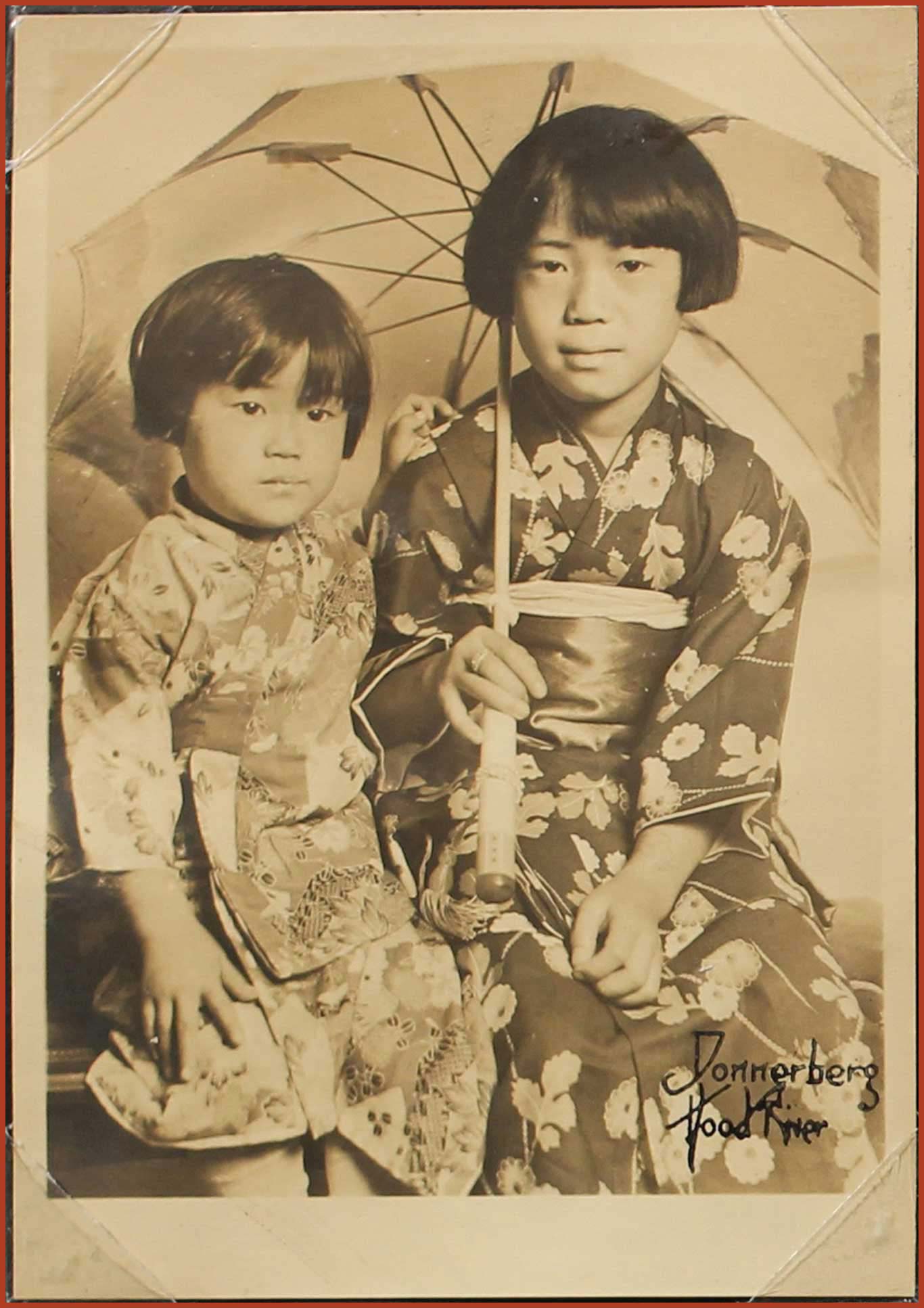
Image
Nisei girls wearing kimono
Caption by Homer Yasui: “Yuka and Michi [Yasui] sitting, and wearing kimono. Michi is holding a cloth parasol. This is a very cute picture, and I’d guess that Yuka was around 3 years old then.”
-
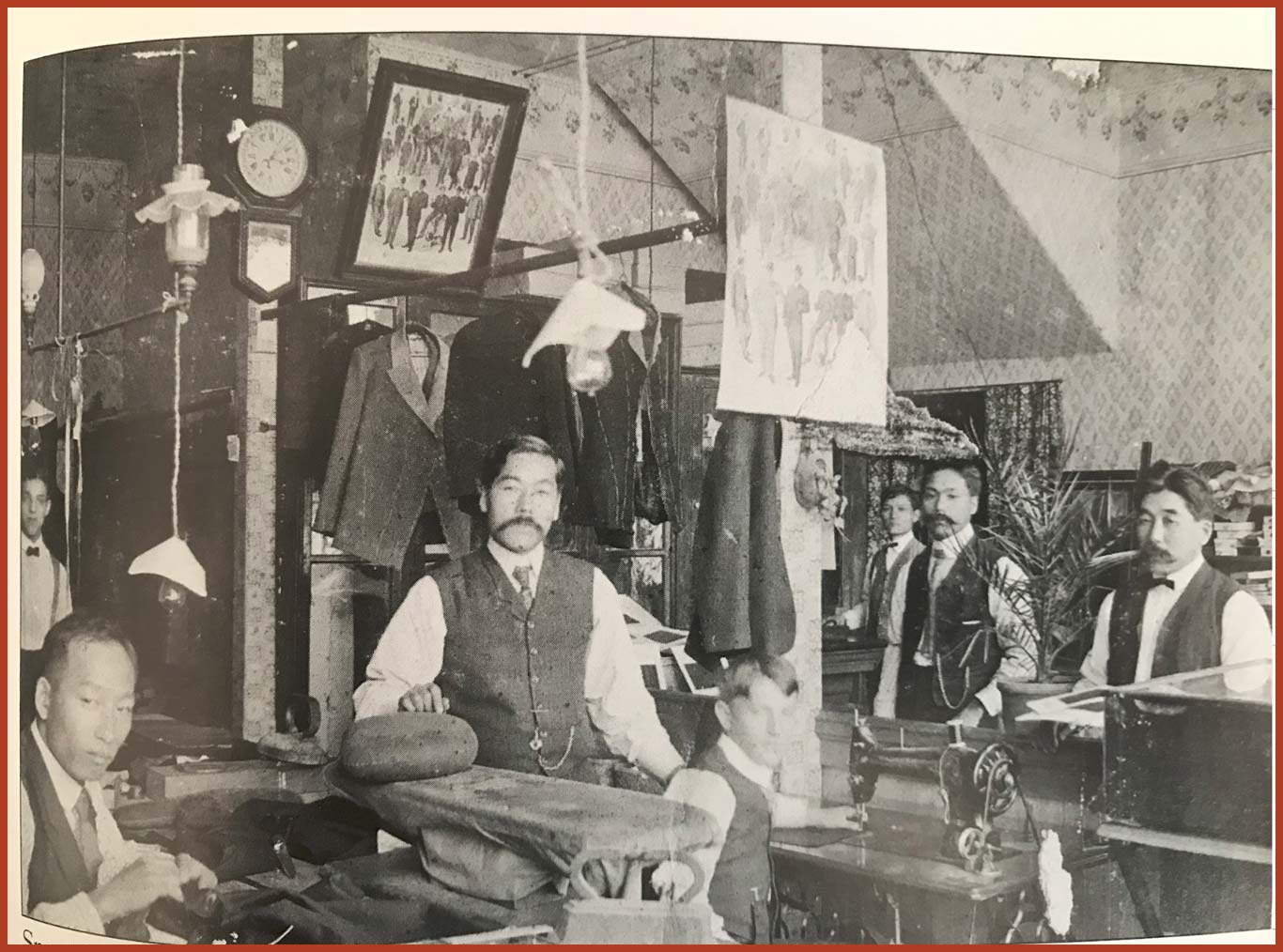
Image
Matsuura Company Tailors
-
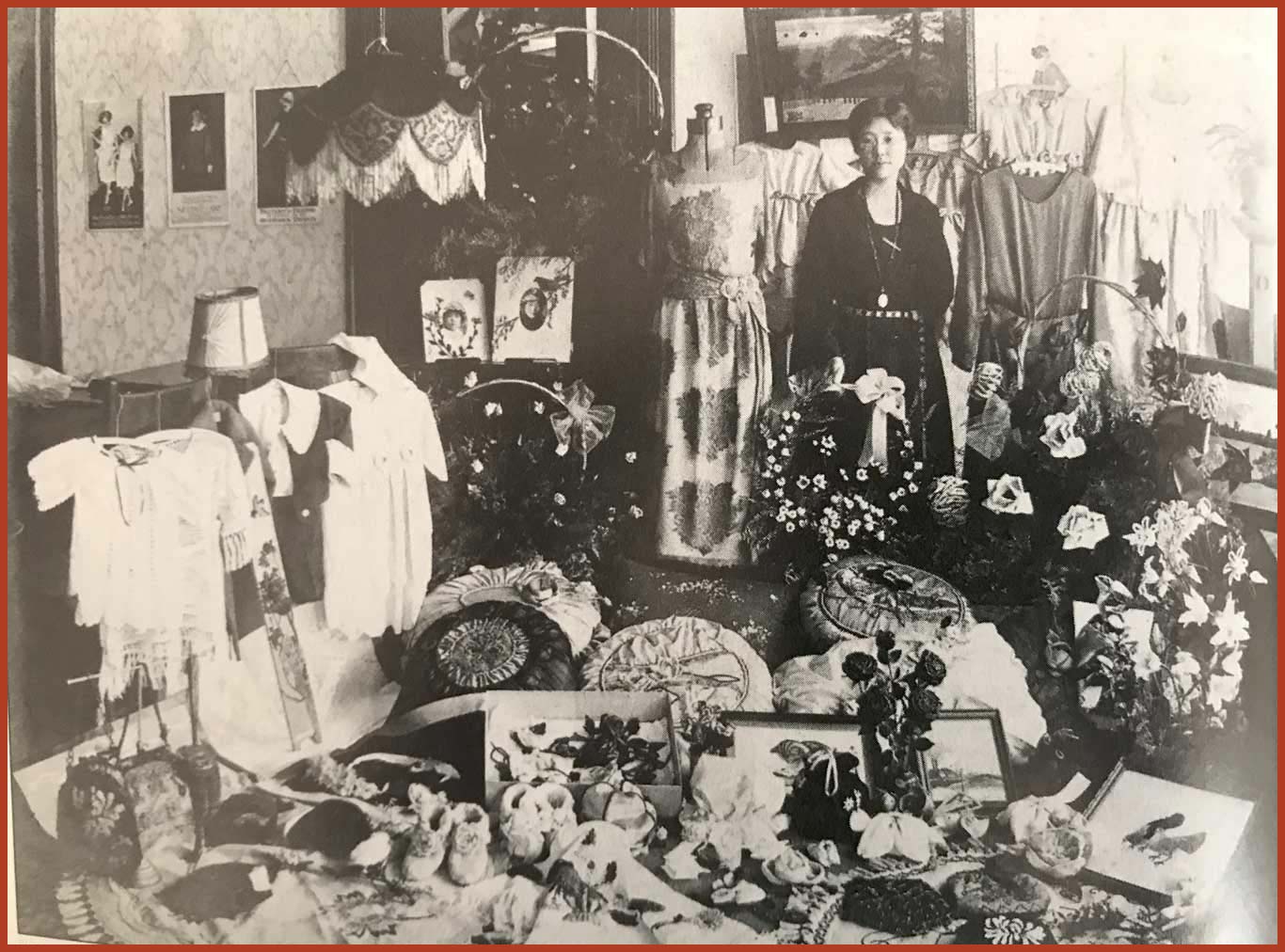
Image
Rafu Yossai Gakuen
-
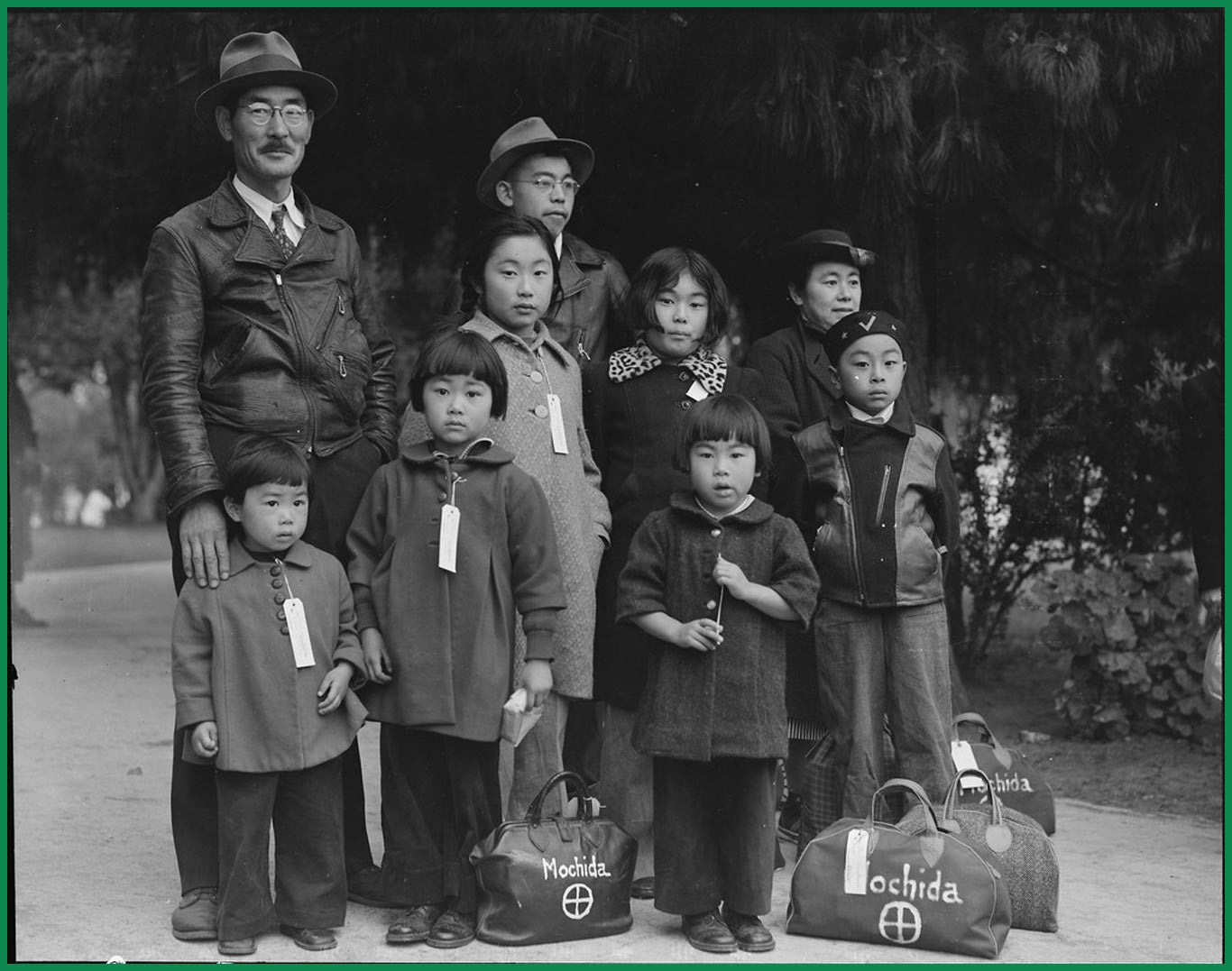
Image
Family during mass removal
-
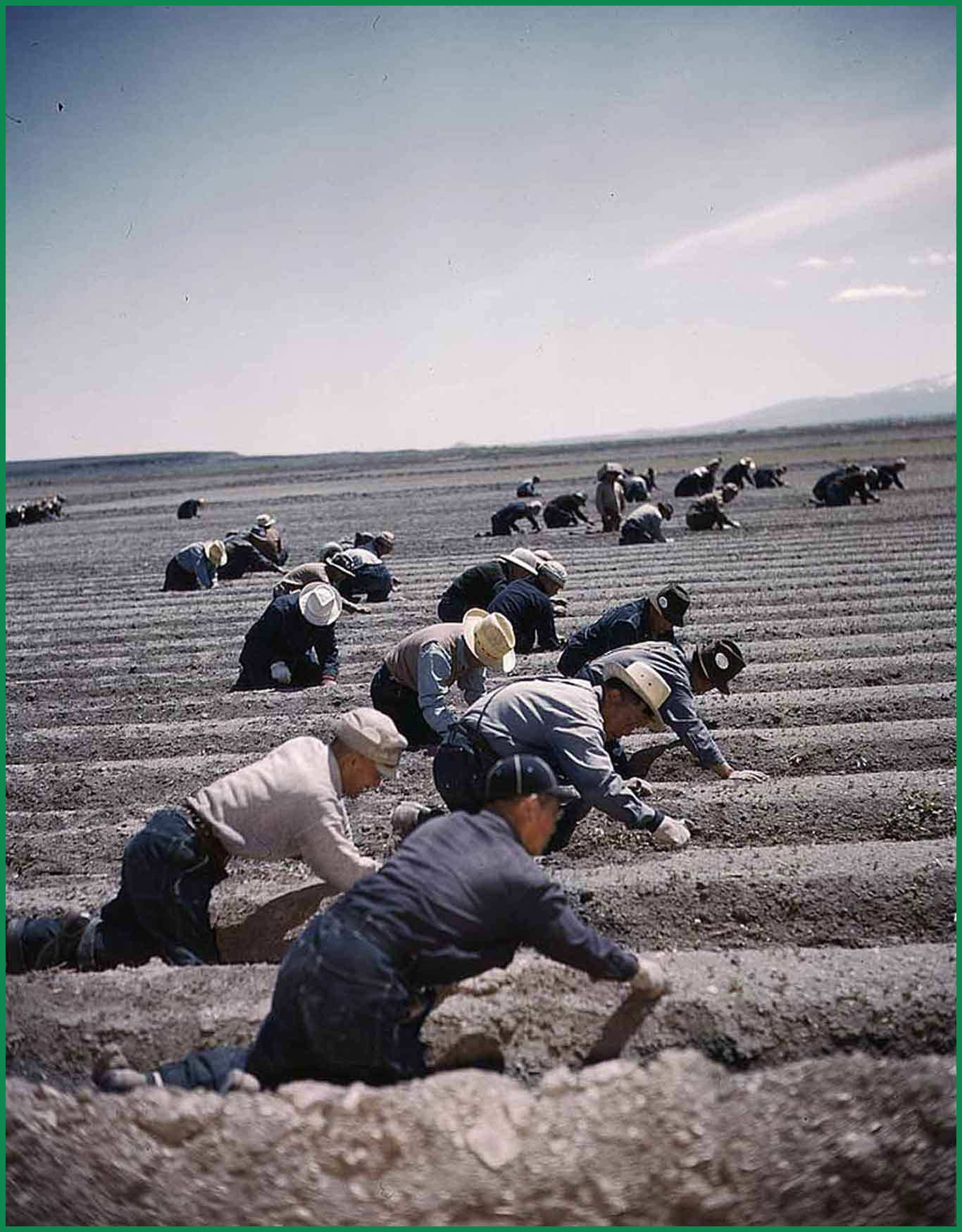
Image
Men working in weeding field at Tule Lake Segregation Center
Chapters
# of # results



